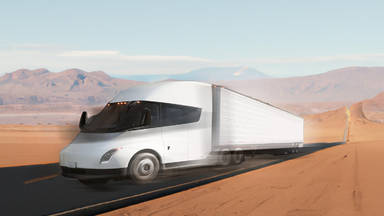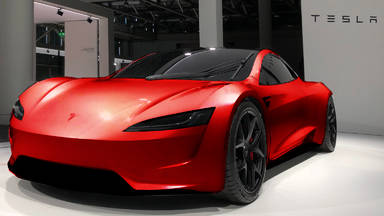
Here is everything you need to know about the Spacex Starship, a true game changer ready to kick off our next phase of human evolution.
As early as 2007, Elon Musk made public that he had a personal goal of ultimately enabling a human presence on Mars.
In 2012, he unveiled what was then known as the Mars Colonial Transporter, a privately funded development project designed to transport human to Mars. In February 2014, Musk announced that the transporter would be a spaceship that could carry up to 100 tons. In June 2016 Musk stated that the first uncrewed flight to Mars would be as early as 2022, followed by the first crewed flight, which is planned for departing in 2024.
As time goes on it becomes less and less likely that spacex will be able to meet this ambitious schedule, but it's not entirely impossible.
For a more in-depth analysis of how quickly spacex will send people to Mars, Let's start with the fact that in September 2016, SpaceX launched the first Raptor engine on a test stand. The Rapture engine is a key element in the reusability of the entire system, especially for its groundbreaking design to burn methylox as fuel.
Back in time, Starship used to be called BFR. The BFR had a small delta wing at the rear end of the ship. In July 2017, Musk made an important announcement that Spacex would change the architecture of the starship to make the system more useful for closer-to-home missions so it would pay for itself by providing near-earth commercial launch services.
Musk also announced the concept of earth-to-earth rocket transport for humans in 2017, which was teased the year before. In September 2018, Elon Musk announced details of a private flight around the moon for a private passenger and showed a revised concept for the BFR with three rear fins and two canard fins on the nose.
All three rear fins were to be used as landing legs with the dorsal fin fixed and the two ventral fins providing the actuate aerodynamic control of the spacecraft.
A number of people have objected to this name because the vehicle doesn't have the ludicrous ability to visit other stars, but Elon has rebut stating that future versions will!
The design was changed to what we know today as stainless steel construction and just two rear fins, which Elon has referred to as body flaps, as well as separate stainless steel landing legs.
Stainless steel is stronger than other materials when exposed to the extreme temperatures of space travel, not to mention being much cheaper and faster to manufacture than other commonly used materials for Spacecraft.
By 2019 and 2020, Spacex experimented with manufacturing actual prototype starship vehicles, starting with the star hopper in 2019, which flew test flights under the power of a single sea level raptor engine.
When the Star Hopper touched down gently 100 meters from the launch pad, after a 150 meter or 490 foot high flight, it was a really profound moment in the Spacex revolution, because landing for reusability is key to the future of the Space travel.
There have been many prototypes since Star Hopper, but none of them flew until spacex hit SN5 (Serial Number Five). Serial Number Five and six, both had successful 150-meter jumps and landings in August and September 2020.
Now let's talk about how the system works, since we haven't mentioned the booster and the whole orbit refueling yet. This is a crucial part of the Starship concept. To get into space, the Starship is lifted up by a booster called Super Heavy, but Super Heavy alone cannot accelerate a fully loaded Starship to orbital speed.
How amazing this is, as is the second stage of the falcon 9, the Starship needs to use its vacuum-optimized raptor engines to achieve orbital speed. The sea-level rapture engines have smaller engine bells that are better suited for use under the pressure of a planet's atmosphere. The vacuum-optimized engines are shaped to allow the rocket exhaust to expand in the most efficient way to travel through the vacuum of space.
The starship must burn most of its own propellant in order to reach the orbital speed required by the very strong gravity of the earth. A starship that is not refueled in space can still complete missions with very light payloads, but to get from near-Earth orbit to the moon or Mars, for example, the starship must be refueled in orbit.
With Starship people will be able to travel from one side of the planet to the other in less than an hour. It will enable the realization of previously unfathomable science and technology. It also supports human exploration of our solar system.
Since NASA's founding in 1958, space-related innovations had a profound impact on modern society. The Spacex revolution with the starship as a workhorse, will advance humanity and help us to become a space-faring civilization.









